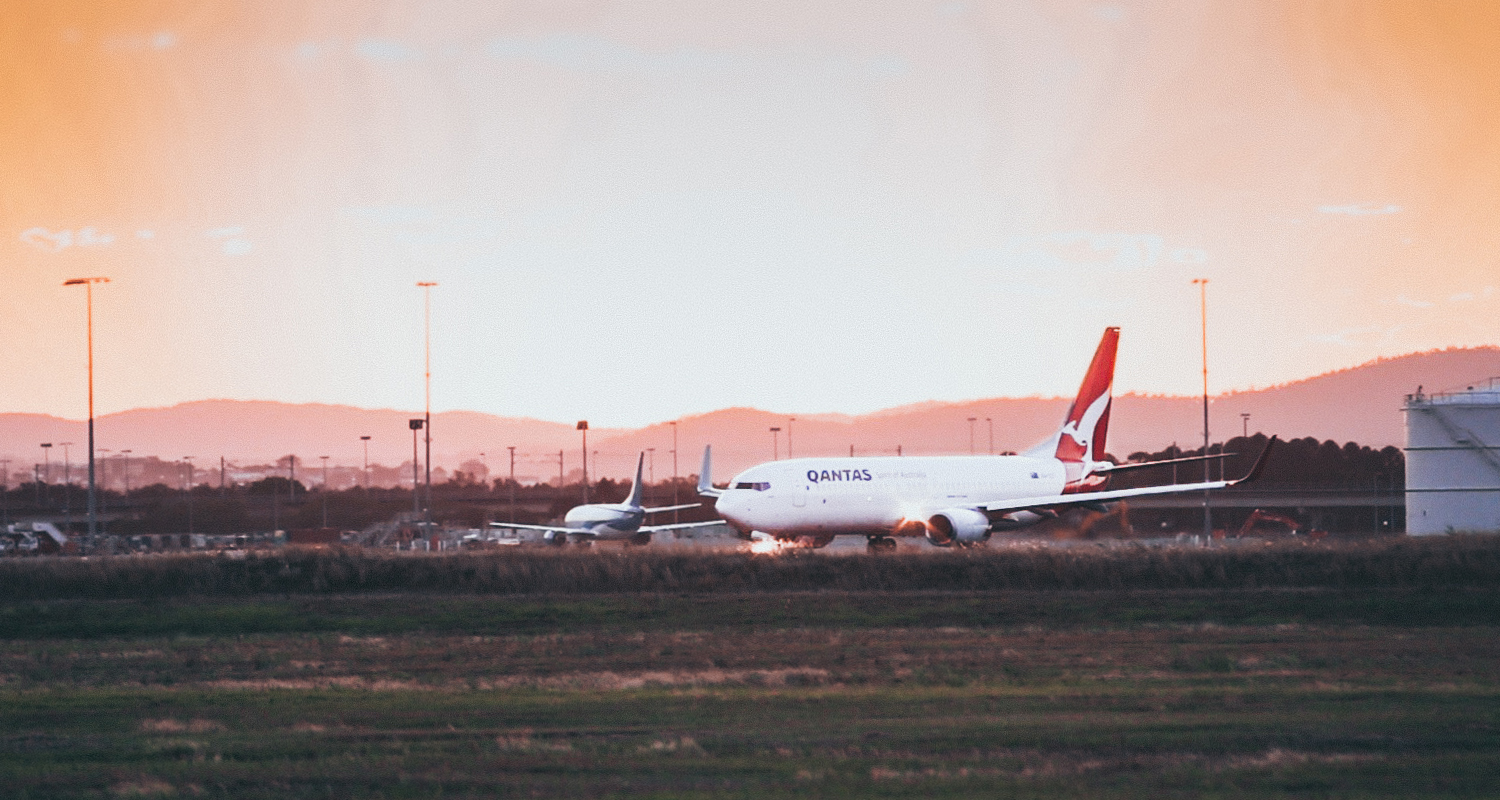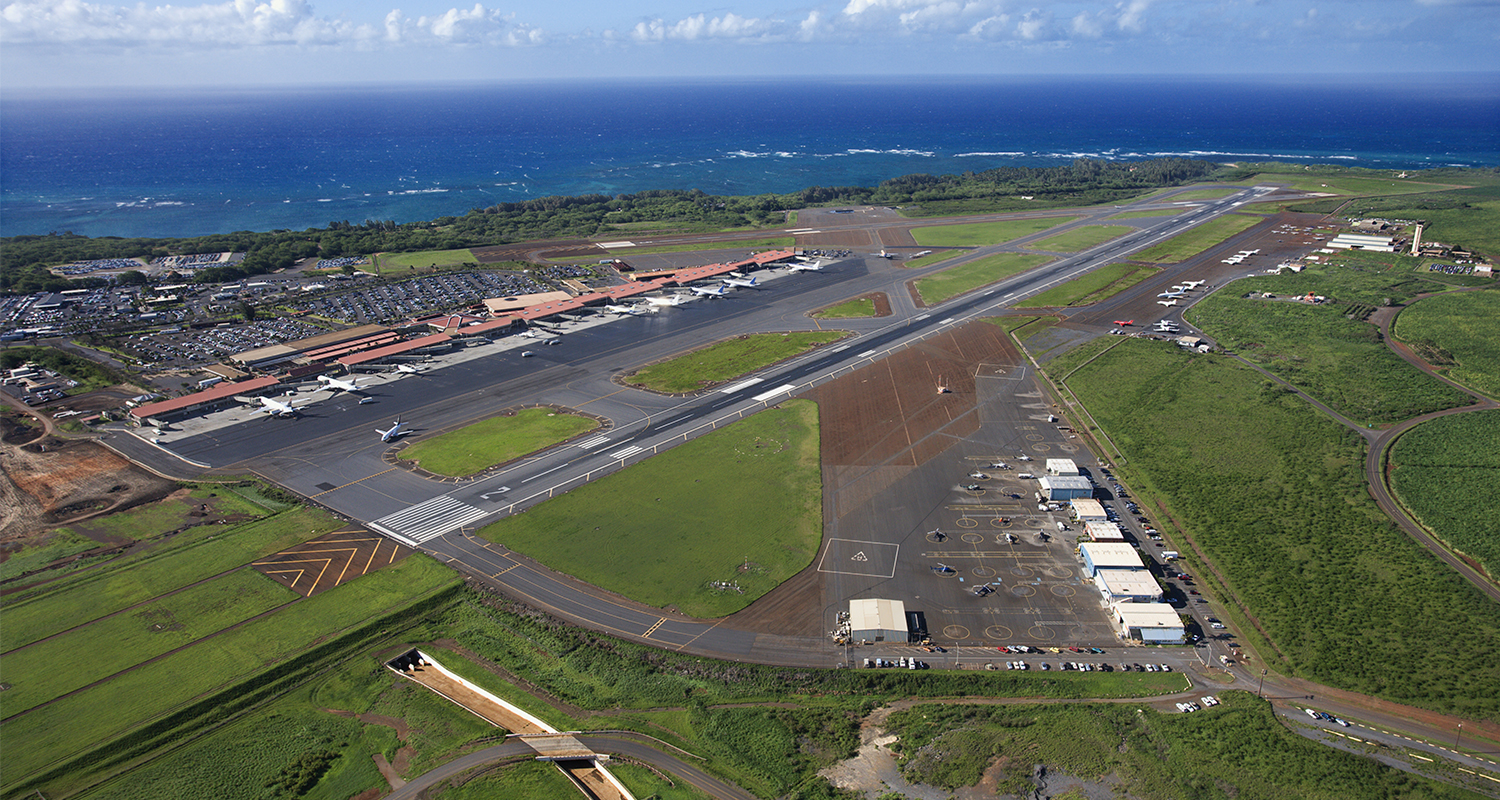Cooling for planes and people: multiple benefits of water reuse at Adelaide Airport
An innovative project on urban cooling is demonstrating how green infrastructure can not only protect travellers and energy bills from extreme temperatures, but could even make aircraft cheaper to operate when heat waves hit – especially for airports that experience hot dry summers.
Within a city known for its extreme summer weather and persistent heat waves, Adelaide Airport is one such location.
As Greg Ingleton, Manager Environmental Opportunities at SA Water, recognised, the site also presents a prime chance to address a pertinent question: how can a new era of reusing stormwater and recycled water open up novel opportunities for tackling the problems of a hotter, dryer climate? And what are the multiple cooling benefits on offer?


Mr Ingleton’s foresight led him to run trials comparing the temperature of irrigated open space and unirrigated areas of the airport, setting the scene for identifying the potential benefits of scaling up the use of recycled and stormwater to irrigate larger areas – and cool the air temperature – of the airport.
Now, the CRCWSC’s Professor Nigel Tapper, Monash University researcher and Program Leader of the Water Sensitive Urbanism Program, is applying another lens to the project. With his team, Professor Tapper will be drawing on past heat mitigation work in South Australia to undertake a rigorous phase of data collection for the airport project.
The team aim to carry out drone surveys and more detailed data collection to generate increasingly sensitive insights into the cooling effects. Importantly, meteorological and climate models are already progressing to scale up concepts to the airport precinct level, and to test scenarios for implementing green infrastructure for best effect.
More detailed modelling and analysis will be a core part of the project, but the potential benefits are both innovative and substantial.
“By changing air density, higher temperatures – especially above specific thresholds – dramatically reduce aircraft performance: the mechanics of flights become less efficient, take-off and landing consumes more fuel, and components like tyres and turbines incur more wear-and-tear”, Professor Tapper explained. “Under those conditions, aeroplanes use more fuel, carry fewer passengers and less freight – yet even a 1–2°C reduction in temperatures could produce large economic benefits.”
With potential to extend to other airports and cities, the project’s ramifications are enormously innovative, opening doors for conceptualising airport terminals as places that grow useful crops (rather than simply turf) to achieve cooling, create zones of cooler air that flows to surrounding suburbs, protect travellers from extreme temperatures, and generates economic savings by buffering aircraft operations.